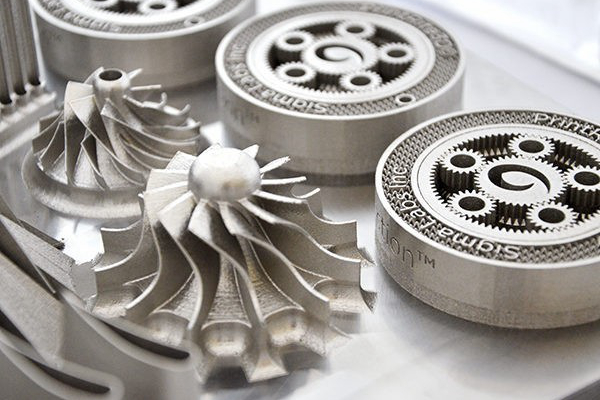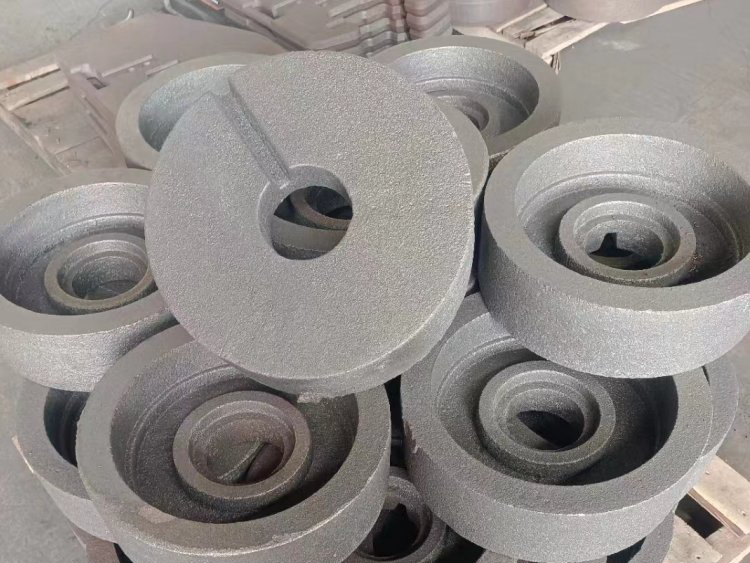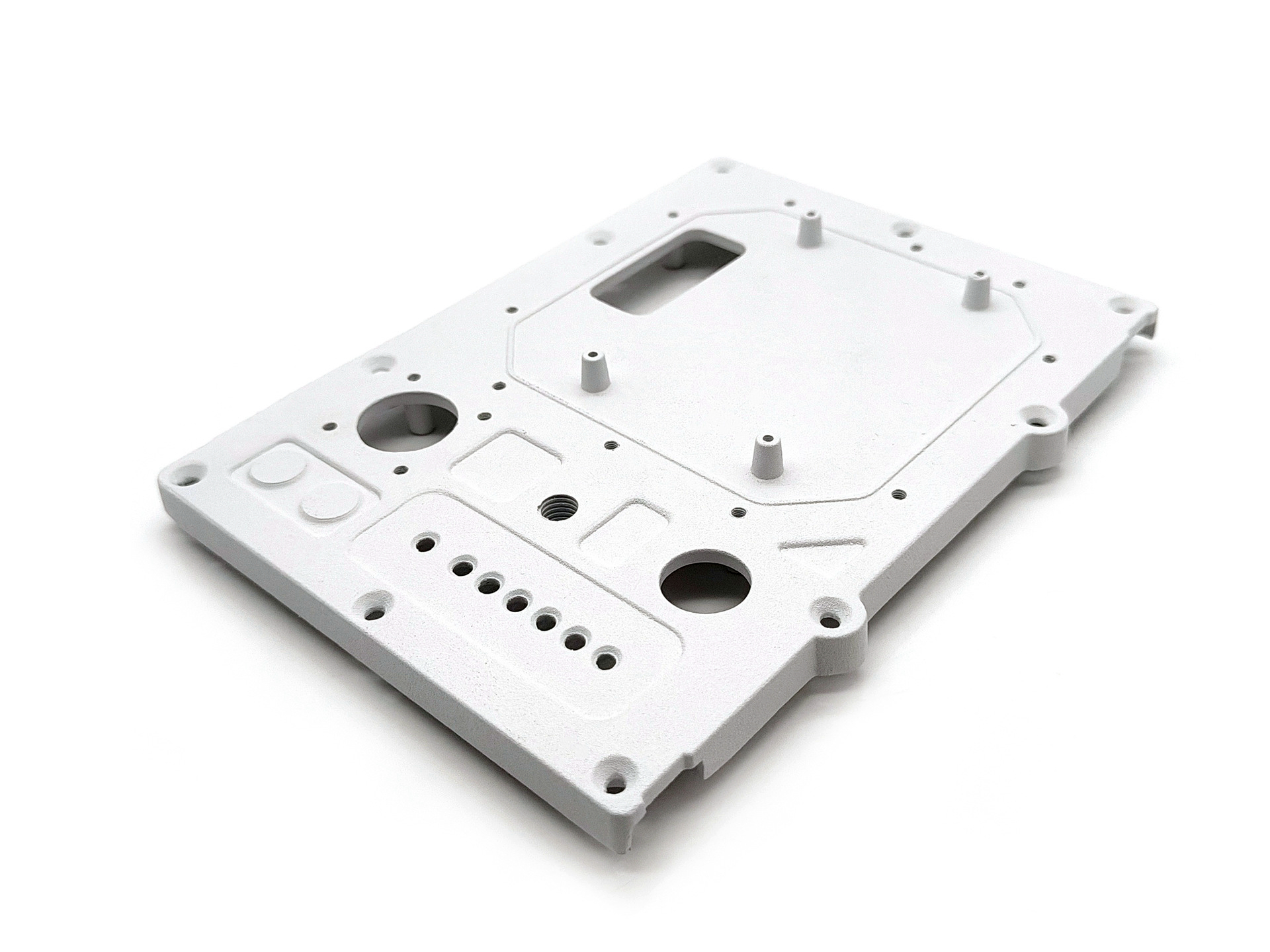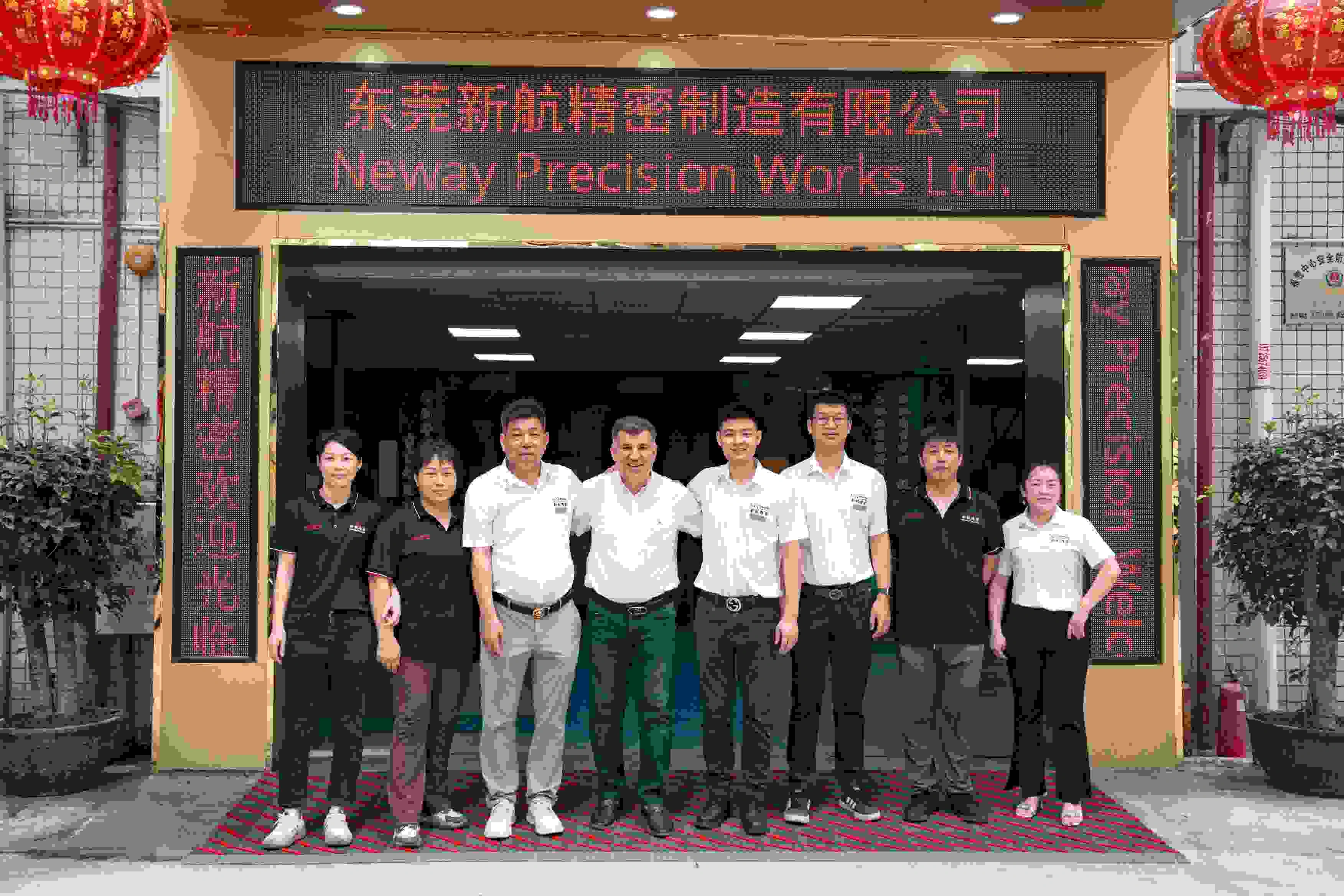What surface treatments are best for corrosion protection in cars?
Best Surface Treatments for Corrosion Protection in Cars
Why Corrosion Protection Matters in Automotive Components
Automotive parts face harsh environments including road salts, moisture, UV exposure, and thermal cycling. Without proper protection, corrosion can compromise both the structural integrity and performance of critical components. To address these challenges, surface treatments must meet industry standards such as ASTM B117 (salt spray resistance), ISO 9227 (corrosion testing), and OEM-specific corrosion protocols (e.g., GM 9540P, VW PV1210).
Top Surface Treatments for Automotive Corrosion Resistance
Anodizing for Aluminum Parts
Anodizing is a widely used electrochemical process for aluminum components. It forms an aluminum oxide layer that is both corrosion-resistant and electrically insulating.
Type II (Decorative): Used for interior trim and covers.
Type III (Hard Anodizing): Provides deeper oxide layers (~50 µm), ideal for engine and drivetrain parts.
Arc Anodizing](https://www.newaydiecast.com/services/arc-anodizing) is suitable for high-stress aluminum components subjected to abrasion and elevated temperatures, commonly found in EV battery trays and transmission housings.
Powder Coating for Exterior and Chassis Components
Powder coating provides a thick, durable polymer layer that resists chipping, UV degradation, and corrosion. It meets or exceeds 1000 hours of salt spray resistance (per ASTM B117), making it ideal for:
Suspension arms
Crossmembers
EV underbody structures
It’s also available in thermoset and thermoplastic varieties, depending on part exposure and performance requirements.
Painting for Aesthetic and Functional Protection
Painting is often used on both internal and external automotive parts. When paired with epoxy primers and polyurethane topcoats (conforming to SAE AMS-STD-595), it provides both corrosion protection and color stability.
Commonly used for:
Engine covers
Trim elements
HVAC system parts
Electroless Plating for Precision Components
Electroless nickel plating (ENP) offers corrosion protection with uniform thickness, even on complex geometries. It’s suitable for high-precision parts such as electronic connectors, brake components, or powertrain fittings.
Though not provided in-house, ENP can be paired with our post-machining service for tight-tolerance components requiring surface engineering.
Sand Blasting and Tumbling for Pre-Treatment
Sand blasting and tumbling are typically used prior to applying coatings. These processes remove oxides and improve surface adhesion for downstream treatments, ensuring the durability and longevity of powder coating or anodizing layers.
Recommended Services for Automotive Surface Finishing
To ensure the corrosion performance of your automotive parts, we suggest:
Die Casting for Base Components
Aluminum Die Casting: Lightweight, corrosion-resistant structures for chassis and enclosures.
Zinc Die Casting: Precision parts like brackets and fasteners with natural corrosion protection.
Comprehensive Surface Finishing
Powder Coating: Robust protection for underbody and exterior parts.
Anodizing: Ideal for aluminum engine and thermal management parts.
End-to-End Production
One-Stop Service: From casting and surface treatment to final inspection and assembly.



